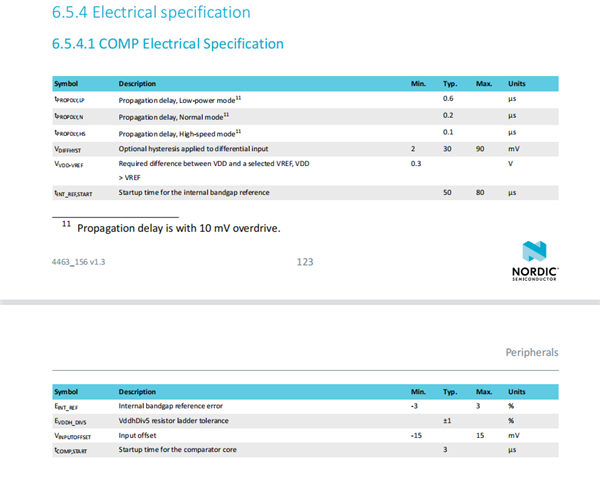The chip I am using now is nRF52820, which only has a common comparator and no ADC.
But I didn't find the accuracy. Such as ADC(12-bit, 200 ksps ADC).
In software, I use single-ended mode, internal reference voltage.
I can't monitor the fluctuation of 0.001v when I do experiments with DC power supply.
So I want to know the accuracy of this comparator.



